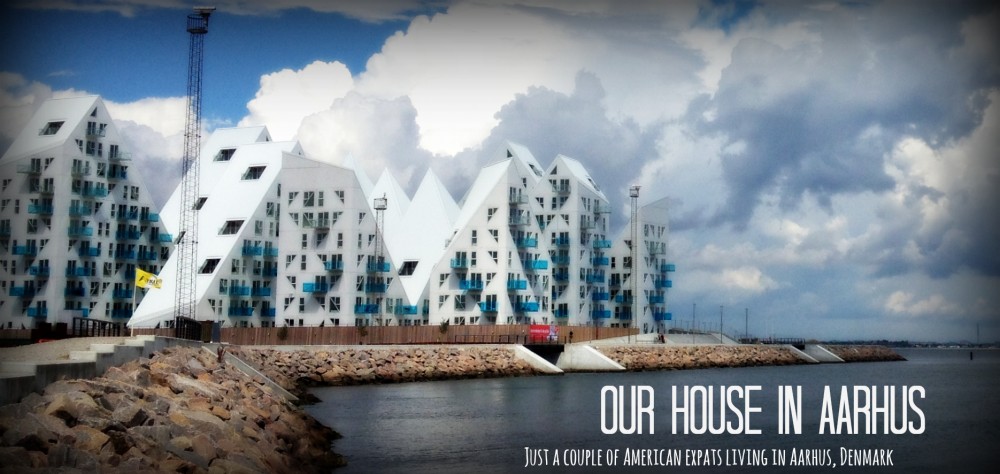Thought my last post about the Jante Law and cultural differences between the US and Denmark was exaggerating just a bit? Well, it wasn’t And to prove to you how essential standing out is to American culture and and fitting in is to Danish culture, I give you the perfect example: baby names.
The US is smack dab in the middle of the weirdest baby name trend in history. People are obsessed with inventing the most individual, the most unique, the most special name they possibly can. It doesn’t matter if they have to come up with a creative new spelling, combine the parents names into one mega name – Renesmee anyone? – choose some random noun or just totally make something up. They will find some way to make that child unique!
Don’t believe me? Well, the Social Security Administration just came out with its 2013 list of baby names, and thanks to this io9 article and Nameberry, we can see that among the Johns and Emmas are these gems:
83 baby girls were named Vanellope. That’s right. After that annoying little girl in Wreck it Ralph. 9 girls were named Pistol, as in gun. 6 girls were named Charlemagne, as in that king. And 6 girls were named Prezlee and 5 girls were named Temprince. (Oh my god, the horror of those last two purposeful misspellings.) And that’s not even counting the more “normal” (and more popular) names like Massyn, Londonn (yes, two n’s), and Khaleesi. (And we’re going to ignore the fact that Khaleesi is a title and not actually someone’s name for the moment.) Now, as for the boys, we have 10 Jceions (what??), 8 Tufs, 7 Psalms, 6 Forevers, 6 Powers, 6 Warriors, 5 Kaptains, 5 Subarus, and 5 Vices.

Hahaha that’s fu… Wait, you’re not joking?!
I was talking about this recently with a friend from the UK, and he was surprised that you could name someone after a company or product, as in Subaru or Mercedes. He thought that would be against copyright law. But let me tell you, you’d have to come up with a pretty crazy name for the government to actually step in and stop you from naming your child what you want. There are actual laws about what you can name your baby, but they vary from state to state and they’re pretty basic. For example, in California you can’t use accents. In Massachusetts, you can’t have a name longer than 40 characters. And it looks like naming your kids Adolf Hitler and Aryan Nation is just going too far. But apart from those small rules, the field is pretty much wide open.
In contrast, we have Denmark, which has fairly strict rules about what you can name your children. Specifically, they have the Law on Personal Names.
The century-old law was initially designed to bring order to surnames. Before the law, surnames changed with every generation: Peter Hansen would name his son Hans Petersen. Then Hans Petersen would name his son Peter Hansen. And on it went, wreaking bureaucratic havoc. The law ended that. It also made it difficult for people to change their last names, a move that was designed to appease the noble class, which feared widespread name-poaching by arrivistes, Nielsen said.
Then in the 1960s, a furor erupted over the first name Tessa, which resembled tisse, which means to urinate in Danish. Distressed over the lack of direction in the law, the Danish government expanded the statute to grapple with first names. Now the law is as long as an average size book. (via the New York Times)
This law now includes an approved list of names. It’s pretty long, but if you want to name your baby something that isn’t on that list you have to get it approved. And apparently, that can take years. According to that same article in the New York Times from 2004:
But those wishing to deviate from the official list must seek permission at their local parish church, where all newborns’ names are registered. A request for an unapproved name triggers a review at Copenhagen University’s Names Investigation Department and at the Ministry of Ecclesiastical Affairs, which has the ultimate authority. The law applies only if one of the parents is Danish.
Many parents do not realize how difficult it can be to get a name approved by the government. About 1,100 names are reviewed every year, and 15 percent to 20 percent are rejected, mostly for odd spellings.
I believe that this law has now been relaxed a tiny bit since that article was written because the current names on this list aren’t just your typical Jens and Mette. You do see some crazier ones like: Awesome, Cobra, Dreng (which means “boy” in Danish), Og (meaning “and”), Cirkel, and so on. But importantly, there’s still a pre-approved list and doing anything off of that list, doing anything different, can be really hard.
If someone tried to institute a pre-approved baby name list in the US I’m pretty sure they’d be riots in the streets. If there’s one thing Americans get feisty about it’s other people trying to tell them what they can and can’t do.
I’ll leave you now with one more baby gif because, let’s face it, they’re awesome:

Not Renesmee! Anything but Renesmee!



